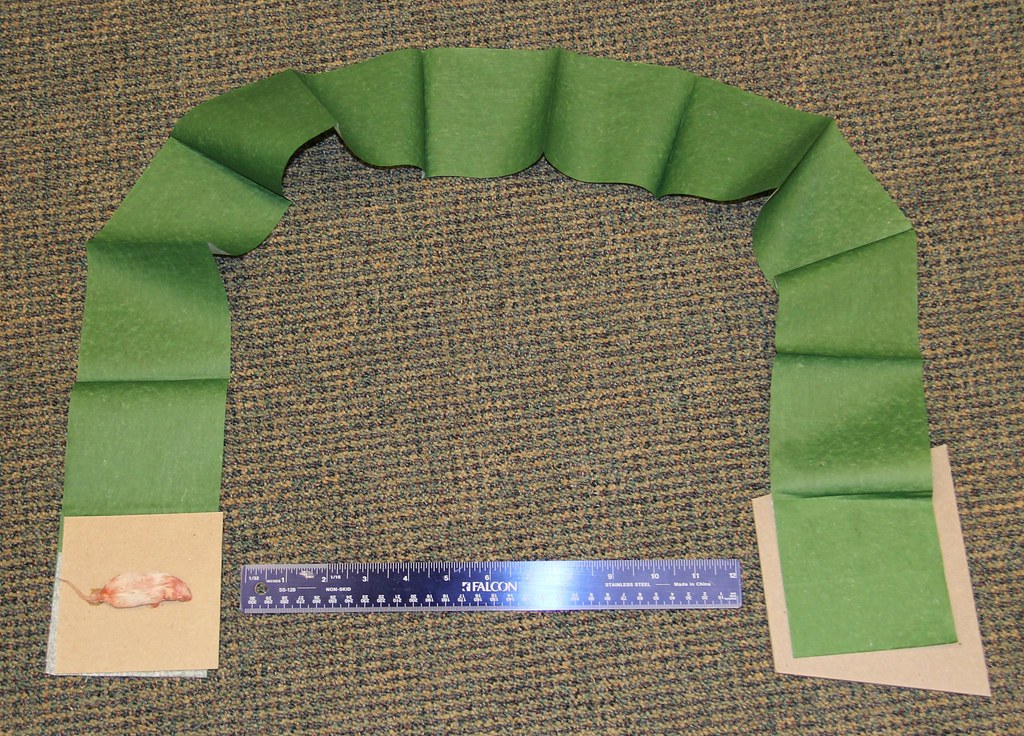Airborne Mouse Assassins Land on Guam
December 4, 2013
Mice laced with a common painkiller parachuted into a United States Air Force base on Guam recently as part of an ongoing attempt to kill off invasive brown tree snakes that have caused enormous ecological damage on that South Pacific island. For the helicopter drop, the dead mice were attached to tiny paper streamers that deposited them in the forest canopy, where the snakes live. Each mice is dosed with 80 milligrams of acetaminophen, an amount scientists consider harmless to other animals and humans. (Acetaminophen tablets used for pain relief in humans commonly contain about 500 milligrams.) No mouse drops were made over populated areas. Guam is an American territory in the Mariana Islands.
Brown tree snakes, which are native to Australia and Papua New Guinea, entered Guam in the late 1940′s or early 1950′s, probably by traveling with military cargo. The snake is a fierce predator of small animals, including birds and lizards. Animals native to Guam had no experience of the snakes. Nor were there predators to control the snake’s numbers. In addition to destroying native bats and other animals, the snakes have wiped out 9 of the island’s 12 native bird species. An estimated 2 million of the snakes currently live on the island. Brown tree snakes slithering into electric power substations on Guam cause about 80 power outages each year, at a cost of up to $4 million in repairs and lost productivity.

Mice bombs attached to cardboard and paper streamers are being dropped on parts of Guam to combat destructive brown tree snakes. (USDA/APHIS)
The recent mouse bombardment was the fourth official aerial drop in the new snake eradication effort, which began in Sepember. Wildife experts on the island also employ snake traps, snake fences, snake-sniffing dogs, and human hunters. A study by the U.S. Department of Agriculture (USDA) suggests that the snakes are taking the tasty but lethal bait. Scientists worry a brown tree snake invasion of nearby islands, including Hawaii, in cargo planes or ships could cost billions in damage.
In a blog on the Anderson Air Force Base website, Marc Hall, the supervisory wildlife biologist of the USDA at the base wrote, “Before the snakes arrived, Guam’s ecosystem was very different. Numerous birds could be seen and heard when walking through the northern limestone forests. Without the birds to disperse seeds and the fact that nonnative pigs and deer tear up the ground and eat sapling plants, the native limestone forest has been severely degraded and will require extensive help in order to recover.”
Additional World Book articles:
- Invasive Species (a Special Report)
- New Top Predator? Pythons in the Everglades (a Special Report)
- Trees Under Threat (a Special Report)


